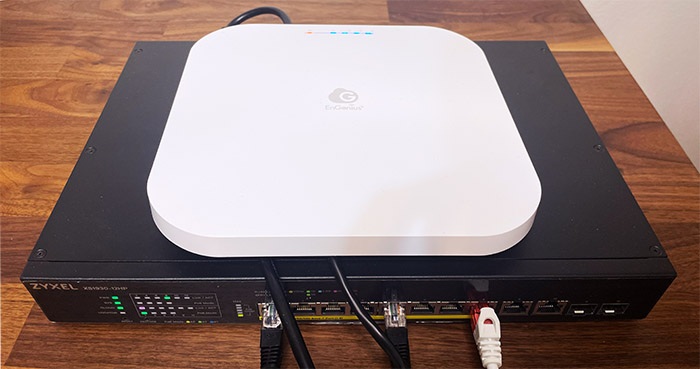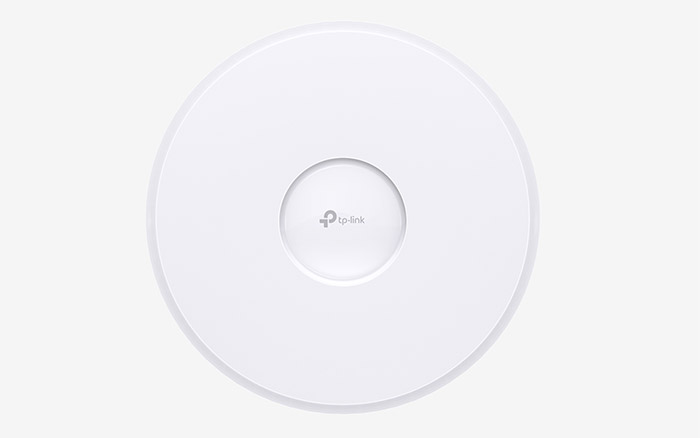TP-Link has announced that it has developed its first Omada WiFi 7 access points which will make use of some of the newest technologies that were introduced with the new WiFi standard. These include the far wider 320MHz channel bandwidth which can only be used (properly) with the 6GHz radio band. And this is another new feature which is already available on the WiFi 6E hardware, but the adoption at this point has been, unfortunately, almost none.

Which is why it’s very much possible that the manufacturers may pass the WiFi 6E standard and go directly to the WiFi 7 that not only has all the features of the former but adds a few new ones. One such tech is the MLO which stands for Multi-Link Operation, and it is a phenomenal addition, capable of improving the efficiency of a network in a significant way. That’s because it allows the compatible client devices to connect to more than one WiFi band at the same time.
Yes, I know that we have been connecting to one band at a time up until now regardless of the standard, but that’s about to change, for the better considering that the target is lower latency and a better throughput. Obviously, the Omada WiFi 7 access points will support the 802.11be, while it’s still in its first draft stages, so not all the features that are advertised as part of the WiFi 7 standard will be immediately supported. And this makes sense since it’s common when you’re an early adopter.
So far, TP-Link has named two WiFi 7 access points, one is called the Omada EAP780 and the other is the Omada EAP770. Both of these devices are tri-band and hopefully will support MLO not only on the 2.4GHz and the 5GHz radio bands, but also on the 6GHz band as well.

Furthermore, the Omada EAP780 will have two 10Gbps ports, so a powerful PoE switch will also be required – not to worry because the manufacturer already had made a few available, such as the TL-SX3206HPP.
The Omada EAP770 will have a single 10GbE port and the maximum theoretical data transfer rate should be 11Gbps, as opposed to the 22Gbps of the Omada EAP780. I know what you’re going to ask. Why should we care about WiFi 7 devices, when there isn’t really a mass adoption of the WiFi 6 yet, let alone the WiFi 6E.
It’s going to take some time before we’ll see WiFi 7 access points and routers that aren’t in draft stage, so I suppose at least 2-3 years until we should see more WiFi 7 client devices. Those that wish to skip the WiFi 6E standard altogether and want to be early adopters are the targeted audience but do be aware that some software updates will be available, but some hardware changes may also be required to get the full spectrum of features). In terms of availability, both the Omada EAP780 and the EAP770 WiFi 7 access points should become available throughout the Q1 and Q2 of 2023.

Mark is a graduate in Computer Science, having gathered valuable experience over the years working in IT as a programmer. Mark is also the main tech writer for MBReviews.com, covering not only his passion, the networking devices, but also other cool electronic gadgets that you may find useful for your every day life.
